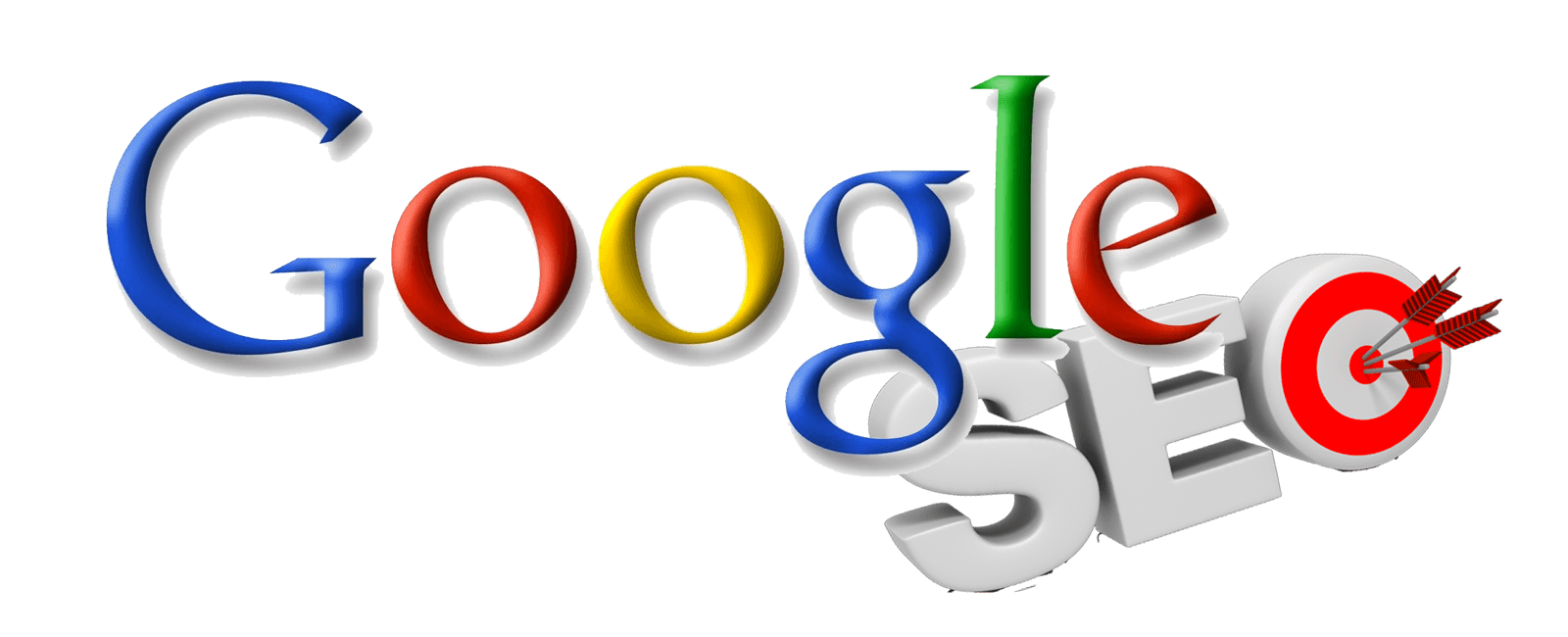
So you want your website to be ranked on Google? As you may or may not know, there are some crucial components of on-page SEO that you are going to want to incorporate if you want to see your Organic traffic to see big increases in traffic. On-page SEO is the single most critical piece you will want to take advantage of in order to have your site rank appropriately on Google. Now you may be asking yourself: I’ve heard of on-page SEO, but I don’t exactly know what that means. Let’s take a look.
Layout matters – No matter your website, you have some sort of action you want people to take. The way your website is laid out is just as important as what you’re trying to say. It’s important to have a navigation bar with your important pages listed in a clean and concise manner. Contact information should be included in the upper right corner. Additionally, any contact forms or options to buy now should stand out. Large buttons that draw the eye will get you the results you are seeking.
On-page content and keyword usage – Everyone has heard about keywords. Few people know how to utilize keywords appropriately. Keywords should be researched according to what is an appropriate fit for your website, while attracting relevant traffic. Each of your key pages should utilize on-page content that is natural and relevant to the page you are on. Google likes at least 250 words per page, so be sure to let your page do the talking. Keywords should be included intermittently, while continuing that natural sound mentioned earlier. Content should be updated periodically to remain fresh and ever-relevant.
Appropriate landing pages – An individual coming to your site wants to land on a page that is relevant to their search query. If you sell shoes and pants, and a customer is looking for shoes, you’d better make sure you have a page that they land on dedicated to shoes. A fast way to increase bounce rate is to have a user land on an irrelevant page. So it’s key to design and implement landing pages for each key component of your website. Each of these landing pages should have content specific to the particular product or service the page offers. Remember: calls to action and contact info are key!
Blog – Google loves rich, unique content. Google loves new content. The easiest and best way to include new content on your website is through a blog. If you have a blog on your site, and are posting to it at least twice a month, Google will love you. Google treats each blog entry as new content. Blogging doesn’t need to be something where you’re constantly scratching your head for ideas. You can blog about anything. New products, reviews, and fun ideas are just the tip of the iceberg when it comes to ideas for your blog. Make sure your blog is directly linked to your site and is accessible from the navigation bar.
Internal link structure – A website can have up to thousands of pages. Whether you have a large website like that, or something with just a handful of pages, having a clean internal link structure is key. An internal link structure is making sure that your pages link cleanly and efficiently to each other. Not only is this easy for users while navigating your site, it’s something important Google looks for. As you could probably imagine, each of these best practices are key pieces Google looks for.
Meta tags and descriptions – Each of your pages needs a solid meta title and meta description following Google’s recommended best practices. A meta title is essentially the heading of this page to Google, and the meta description is a summary of what the page is all about. The meta title and description should be specific to the page they reference, and should utilize keywords. A meta title has a maximum of 65 characters, while a meta description has a maximum of 160 characters. Tell people about who you are and give them a call to action.
ALT tags – Every good website uses images. Imagery can tell a story that words often can’t, and absolutely engage and compel users. However, images cannot be deciphered by Google. Google knows an image is there, but doesn’t know what it’s all about. That’s where ALT tags come in. ALT tags are not visible to users, but give a 160 character description to Google, which will allow them to be indexed and even potentially be utilized in search results. Be sure to utilize ALT tags on all of your images.
Social media links – Google+, Facebook, and Twitter are more important to your online presence than ever. While we won’t get into what to post on each of these mediums here, it is important that your site links to your social profiles. Social media is a clear indicator to Google that you are engaging your audience, and if you are looking to engage your audience, adding links to your home page is critical. Social links are best placed on the top of the page, but can commonly be found in the footer, as well.
Now that you have an idea of what Google is looking for, it’s time to get moving. While each of these items will help you get where you want to go, there’s still a lot that plays into Google’s algorithm. Off-page SEO and social media engagement are also key. On-page, however, is the foundation of everything you want to accomplish in SEO. The time has come to pour the concrete of that foundation.
Blog Written By: Jake Goeckeritz
This article was syndicated from Business 2 Community: Best Practices for On-Page SEO
More Digital & Social articles from Business 2 Community:




